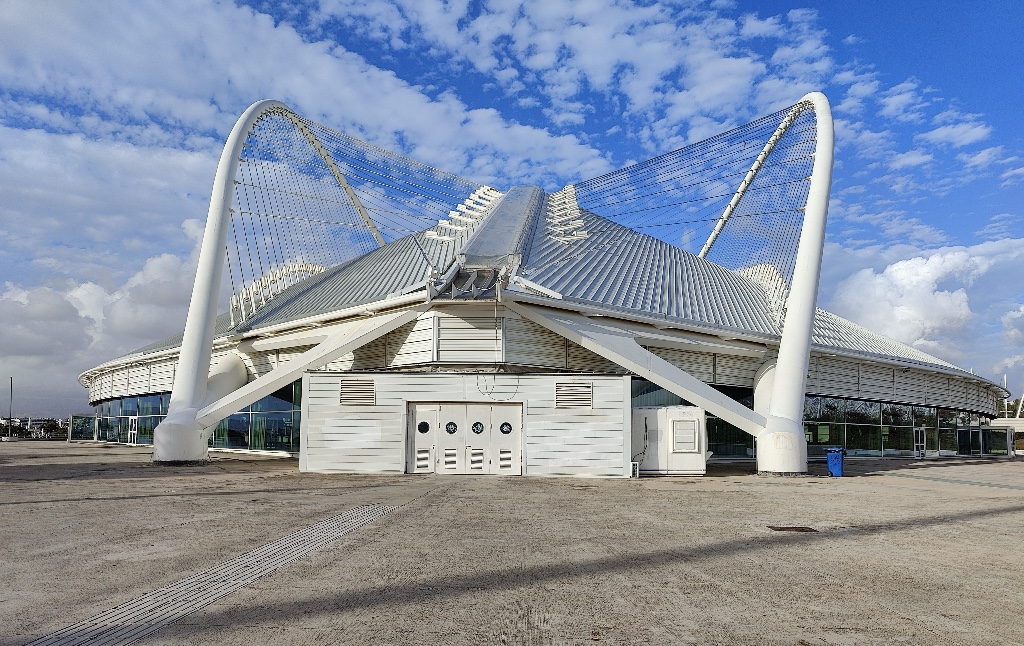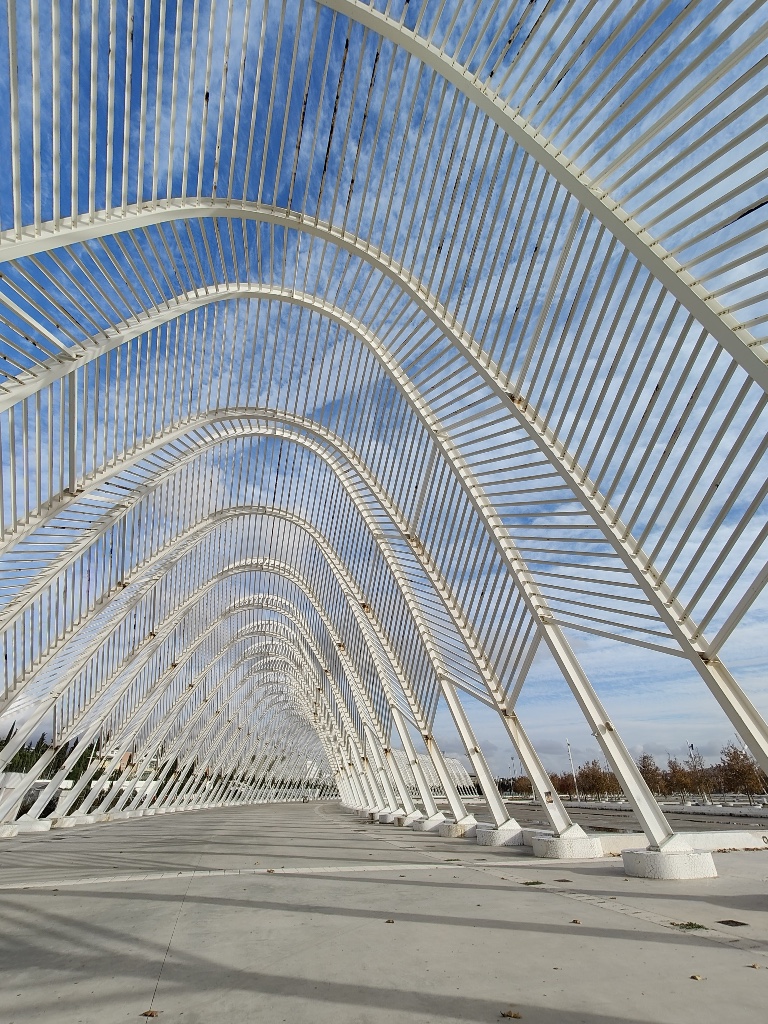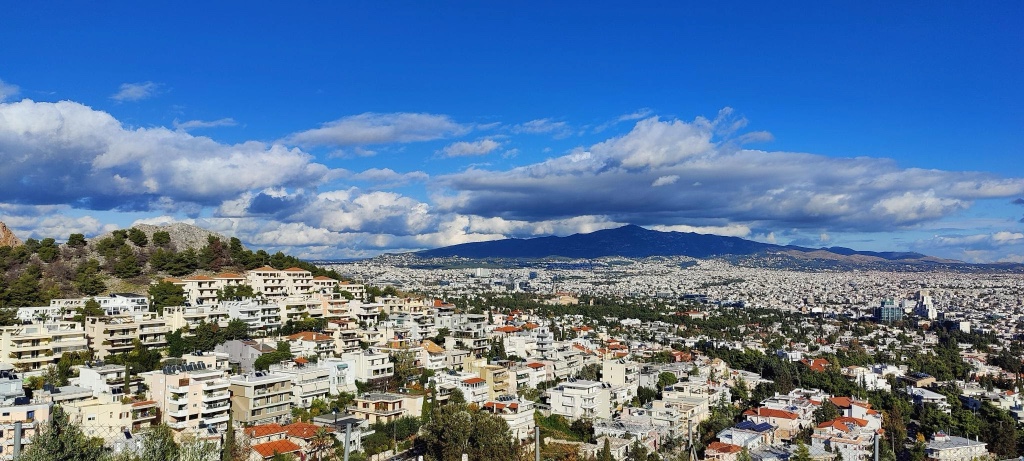
After our first week getting settled we are still awestruck with this seemingly infinite city. From the many lookouts throughout Athens, you can see it stretch until disappearing into the horizon. It is great to be back in a Metropolis, this one bordering on Megalopolis. Although it takes a bit longer to walk everywhere, there is a metro and a vast bus system. The buses seem to easily navigate the narrow streets, even though the small avenues have cars parked on either side. I have never seen so many cars in my life, people park wherever there is space. I wonder how long it must take some people to find a spot close to their apartment, whenever we are walking I see few. Living here you would have to be a master at parallel parking. When talking with a local, their greatest envy of Americans was having their own garage, to him that is the epitome of luxury.
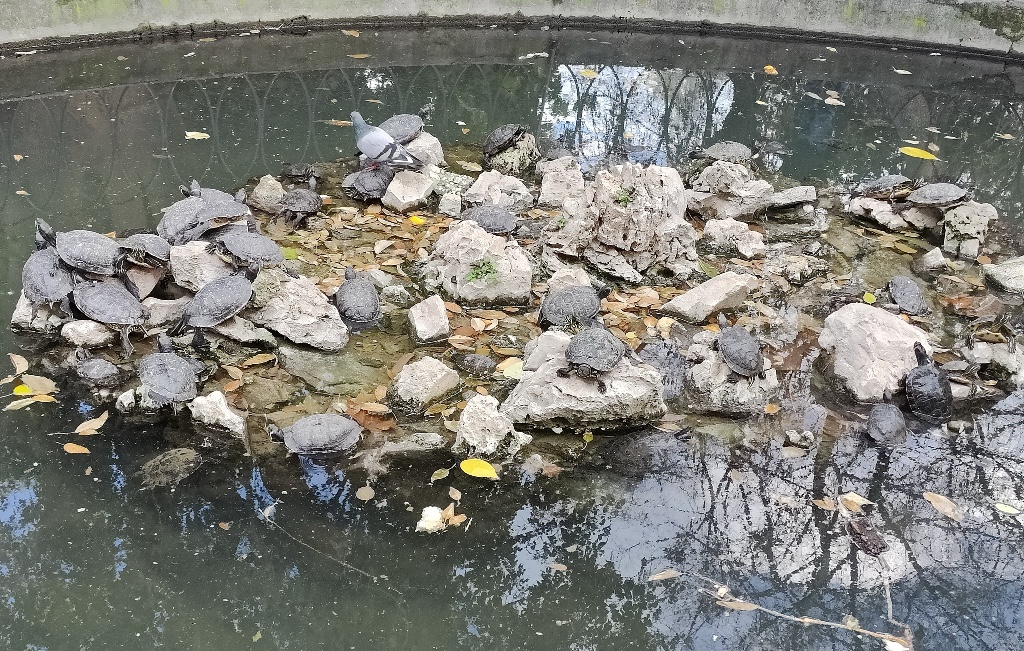
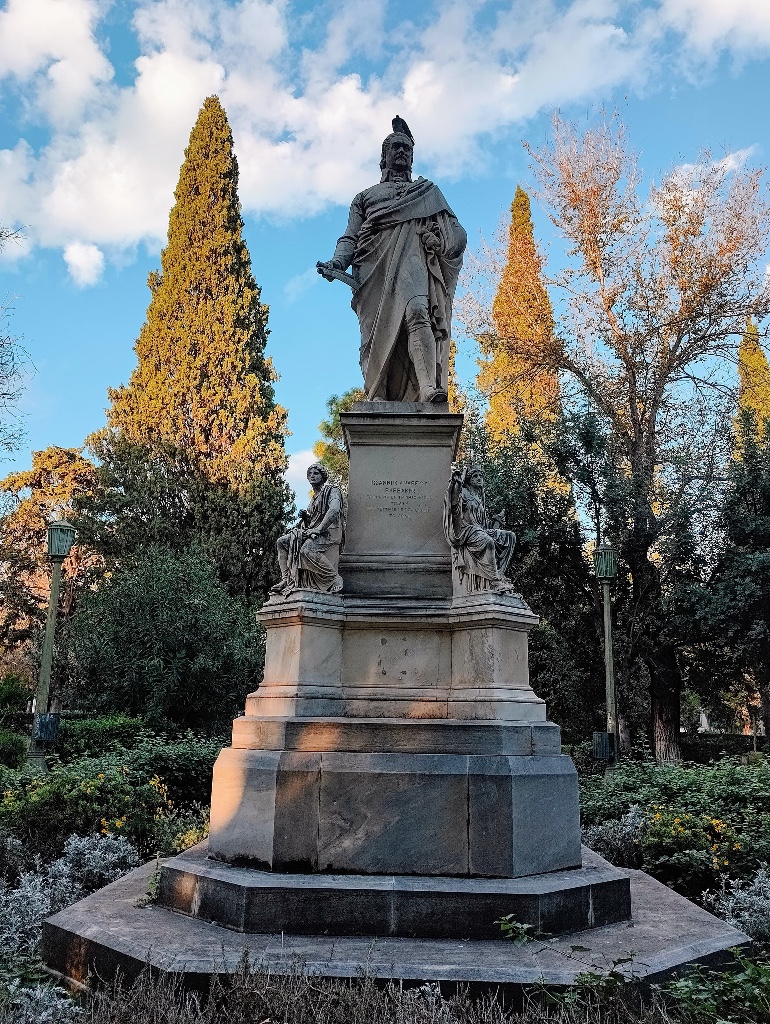
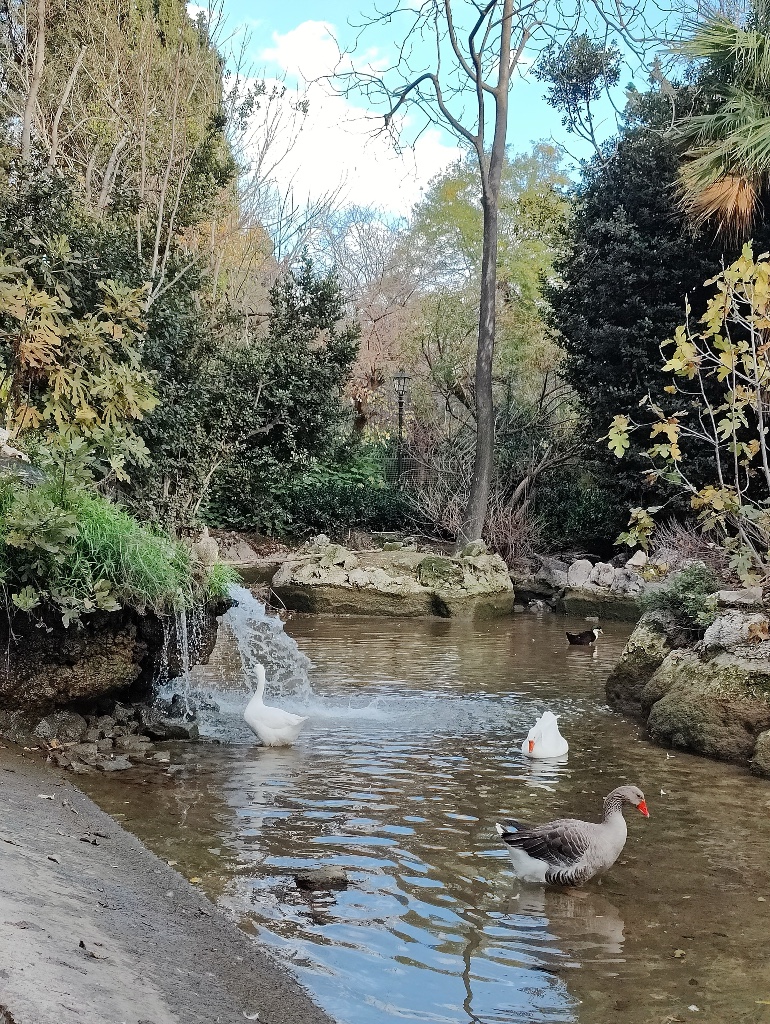
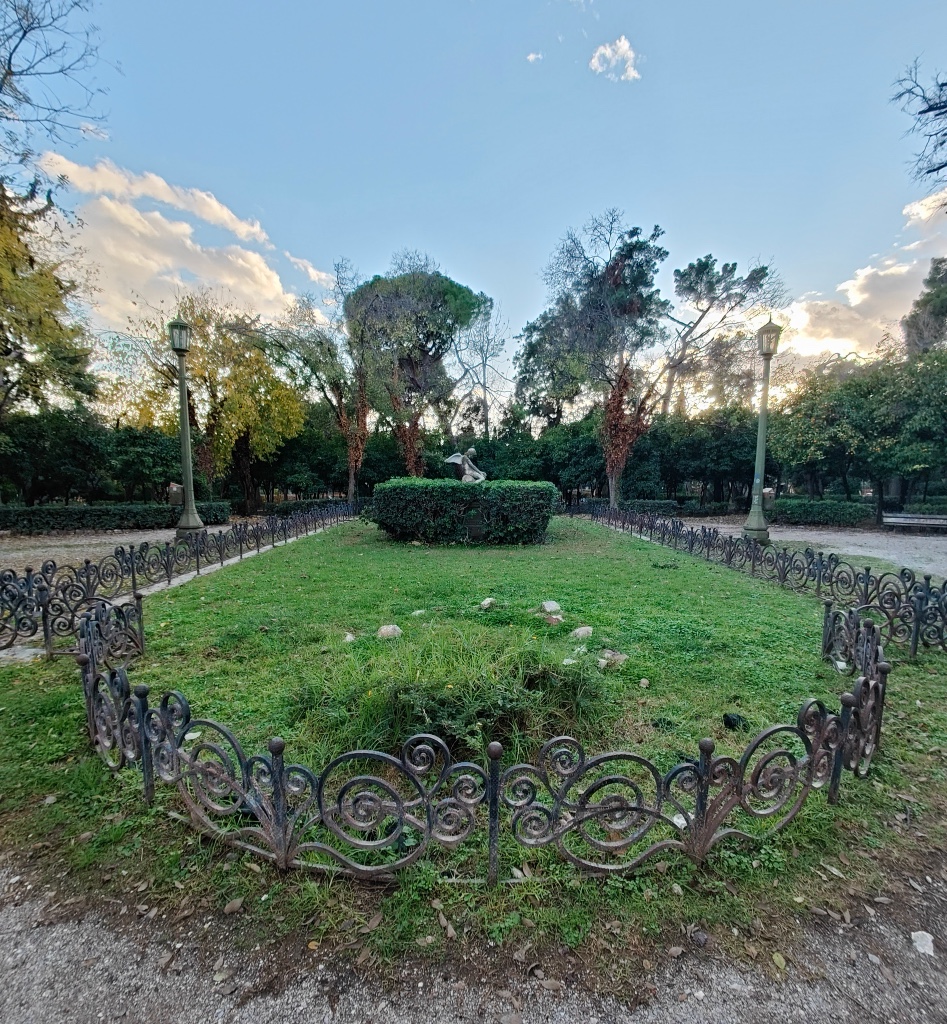

There are tons of parks and enormous green spaces to visit in Athens, a definite must is a day in the National Garden. It is a tremendous 38 acre garden commissioned by Queen Amalia, the first Queen of modern Greece, in 1838. The upper garden behind the old palace was used as the King and Queens refuge, but the garden was open to the public in the afternoons. Sadly the botanical garden was closed during our stay, but there is still plenty of the park to enjoy. There are ancient Roman ruins scattered throughout, a koi and separate duck pond, columns, mosaics, and the Turtle Parthenon… A mound of rocks inside a surrounding pond with dozens of turtles getting their afternoon sun, along with one annoying pigeon hopping from one turtle to the next as if they themselves were rocks.
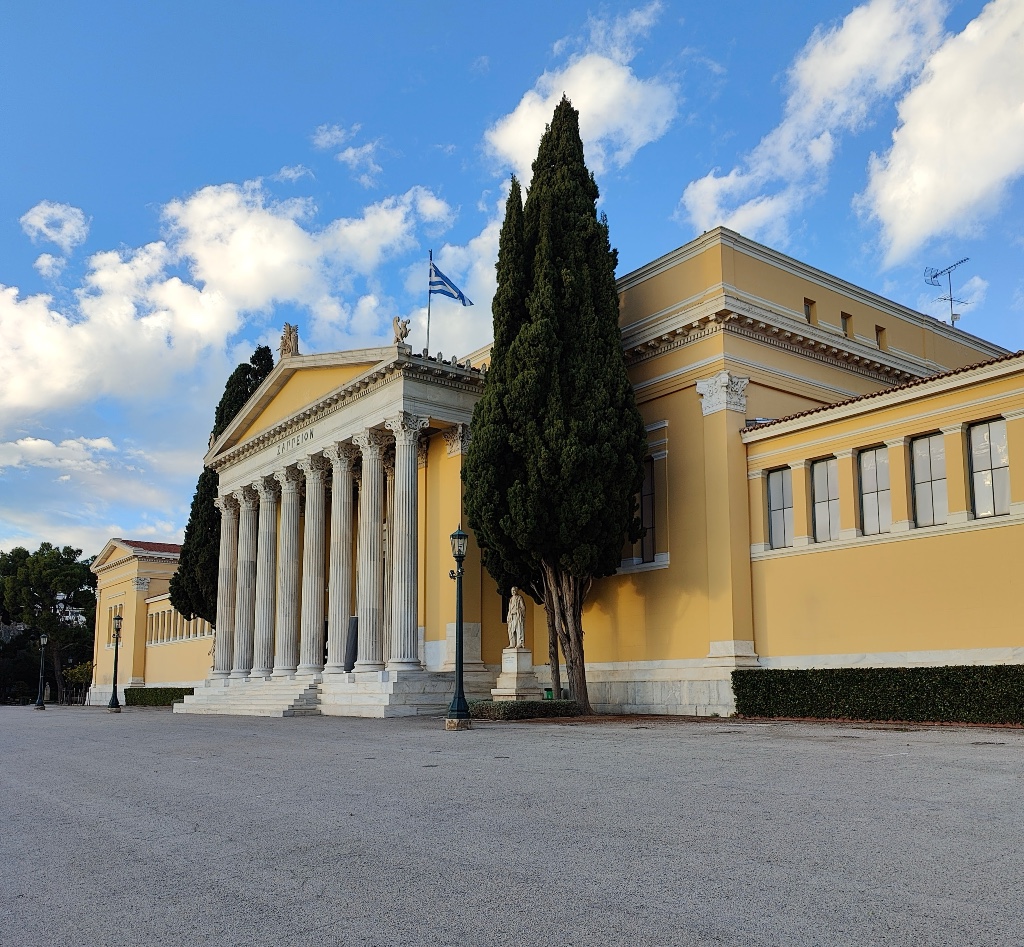
Next to the garden in 1878, neoclassical Zappeion Hall was built, donated by Evangelis Zappos who started the Zappian Olympic Games (precursor of the modern Olympic Games). The Zappeion served as the Olympic village during the 1896 Summer Olympics and is now used for public exhibitions and events.
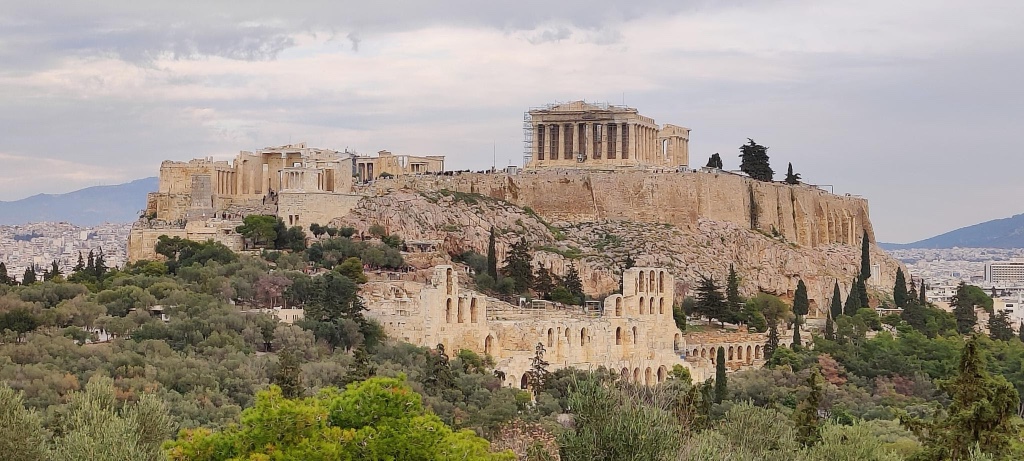
Nearby the National Garden lies Acropolis Hill, looming over the city in absolute splendor. The ancient citadel contains the remnants of numerous ancient buildings, the most famous being the Parthenon. During ancient times the Acropolis (simply meaning highest point) was referred to as Cecropia, after the serpent-man Cecrops, the supposed first Athenian King. Although the hill was inhabited as early as the fourth millennium BC, it was Pericles (495-429 BC) who coordinated the construction of the most important sites; the Parthenon, Erechtheion, Propylaea and the Temple of Athena Nike.
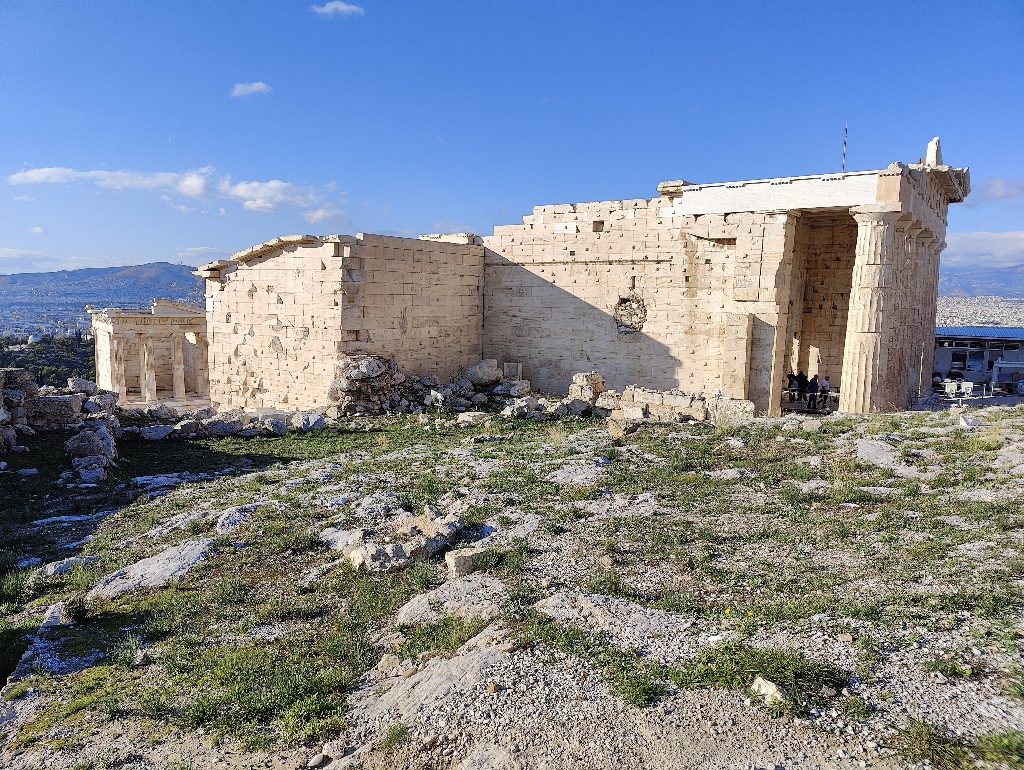
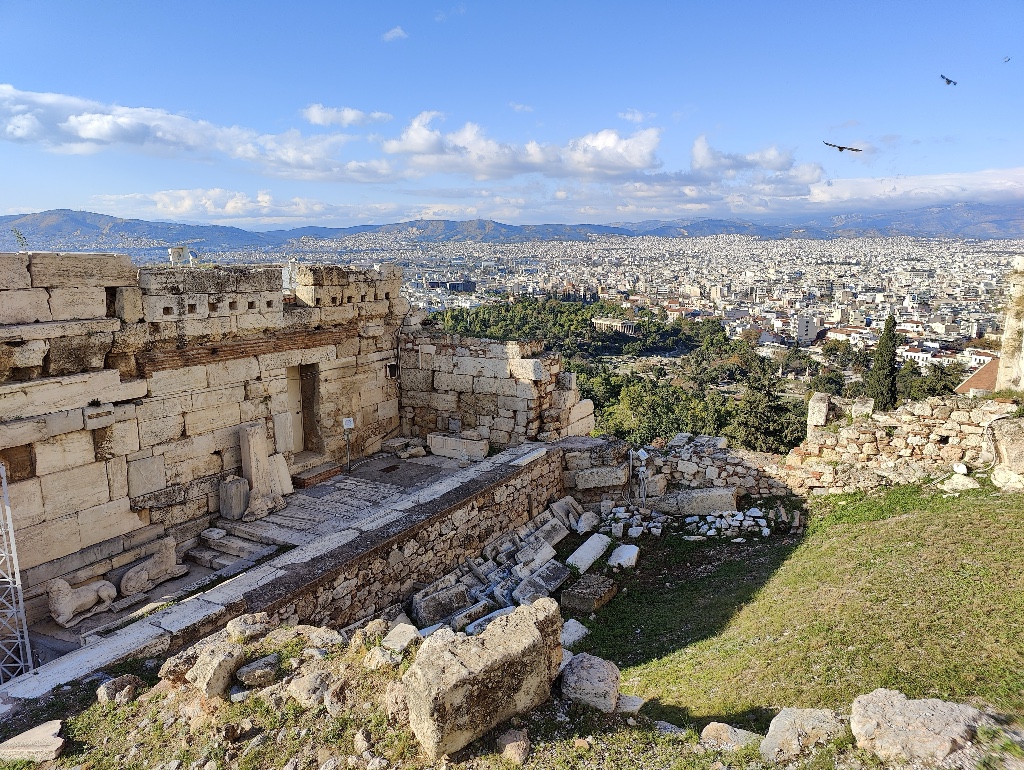
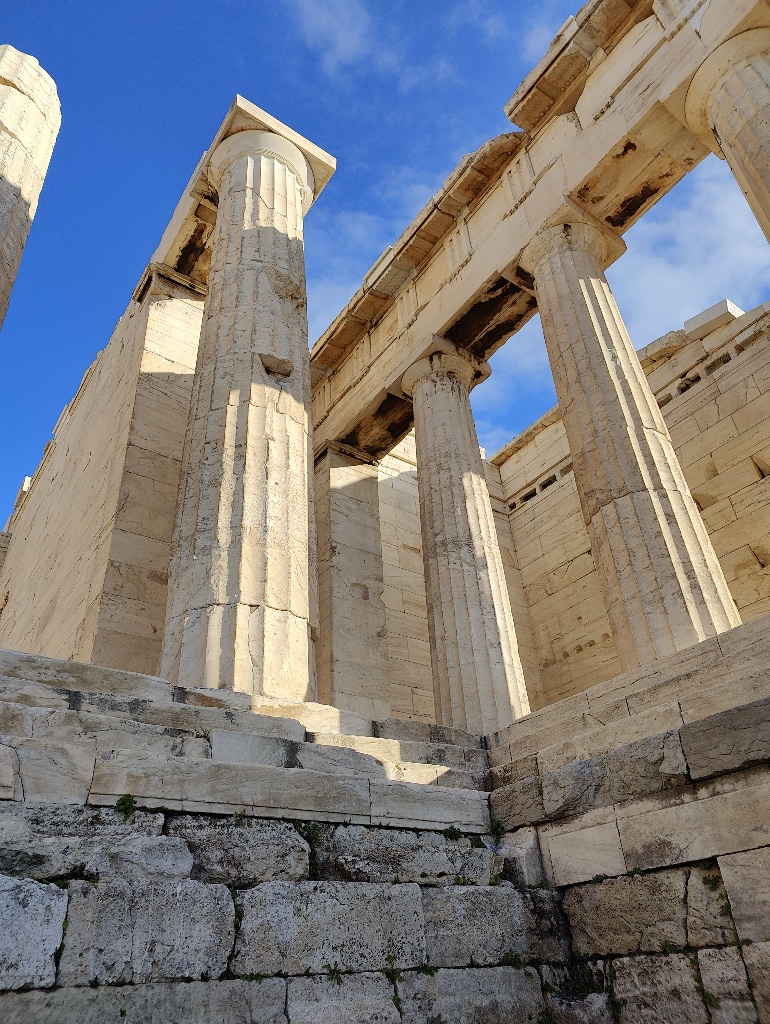
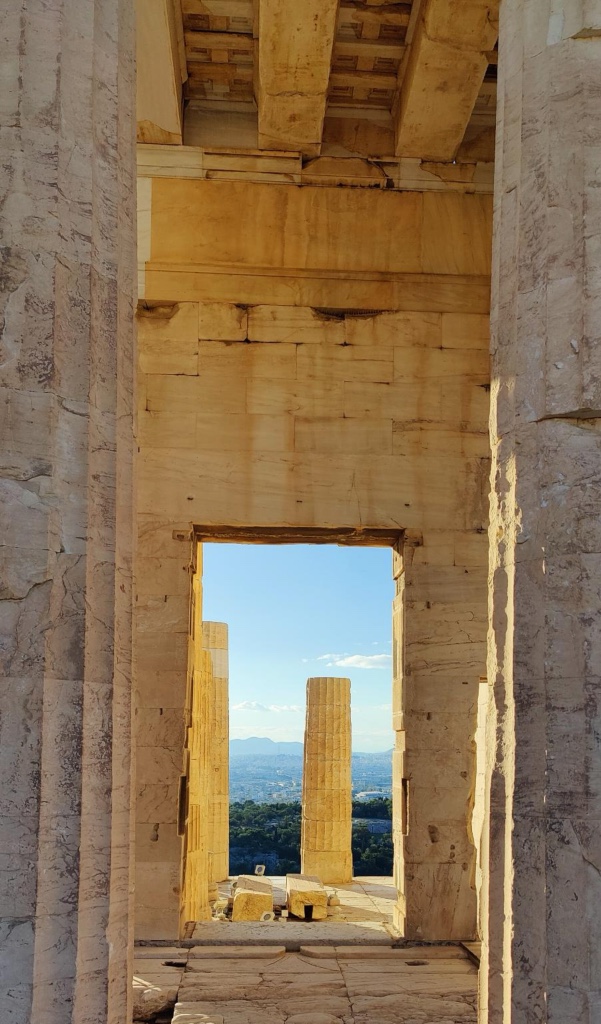
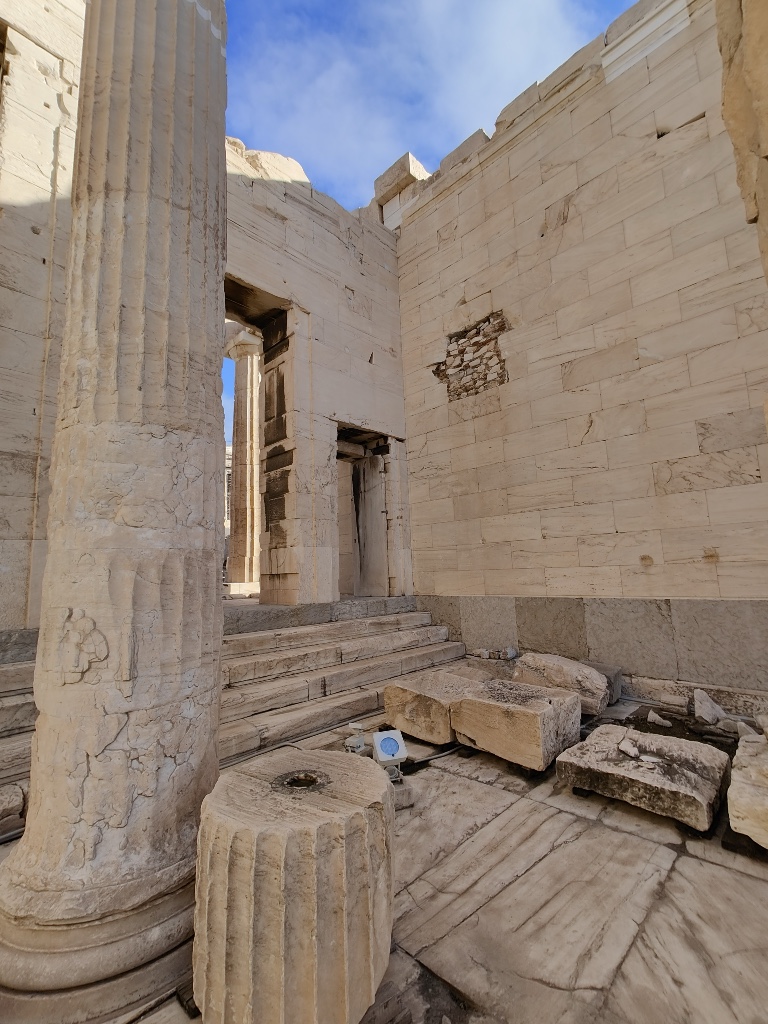
The Propylaea, built between 437 and 432 BCE, is a ceremonial gateway to the Acropolis built by Mnesikles. It is his only known building; many alterations were made during construction and the project was ultimately abandoned in an unfinished state. Originally the gatehouse was planned to have 5 halls of which only three were completed. Later, the Roman emperor Claudius (42 CE) arranged the construction of the monumental pentelic marble steps that lead up to Propylaea. It was used later by the Ottomans as a battery, and was significantly damaged as a result. After the evacuation of the Ottoman garrison, the additions made during their occupation were destroyed.

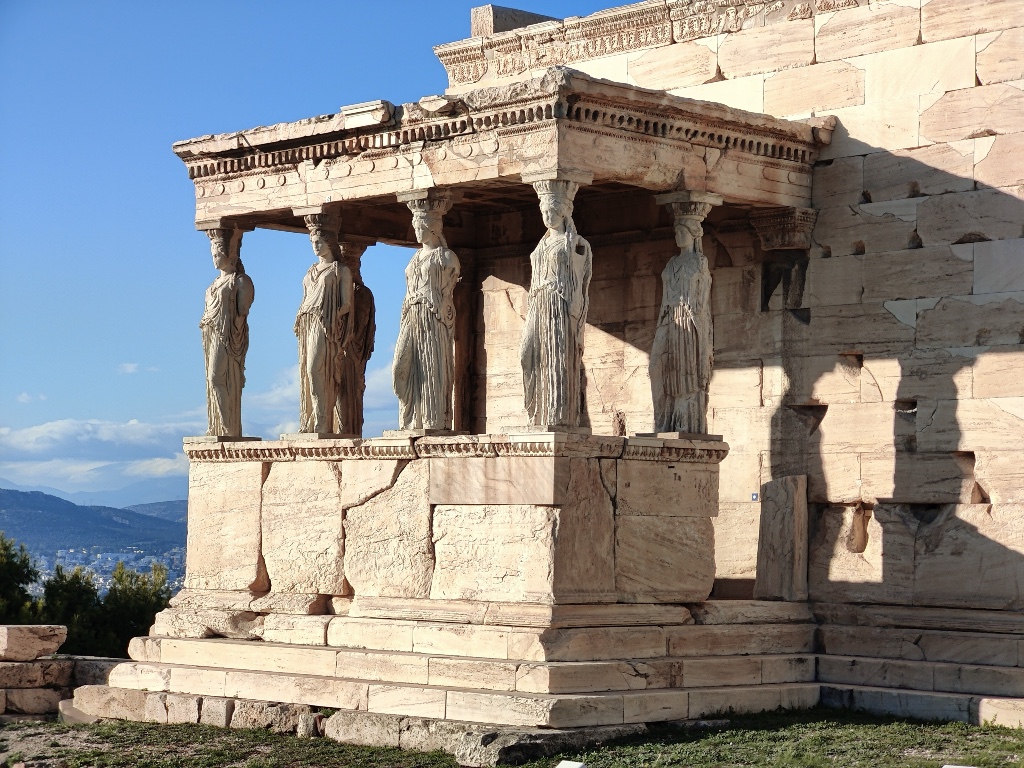
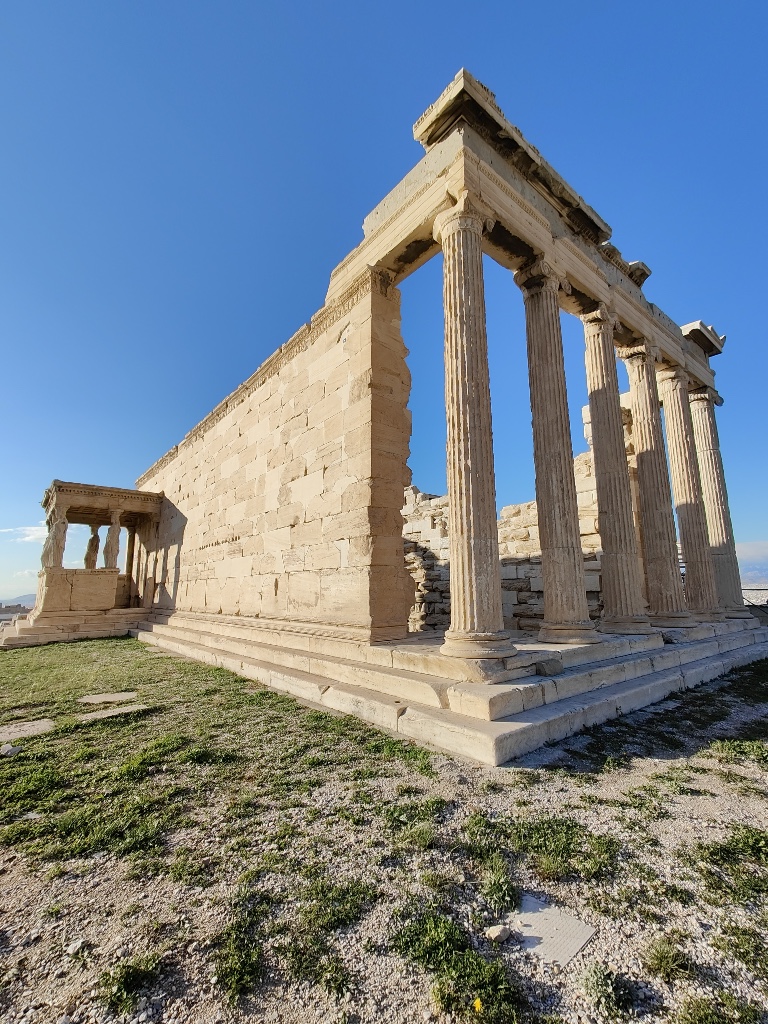
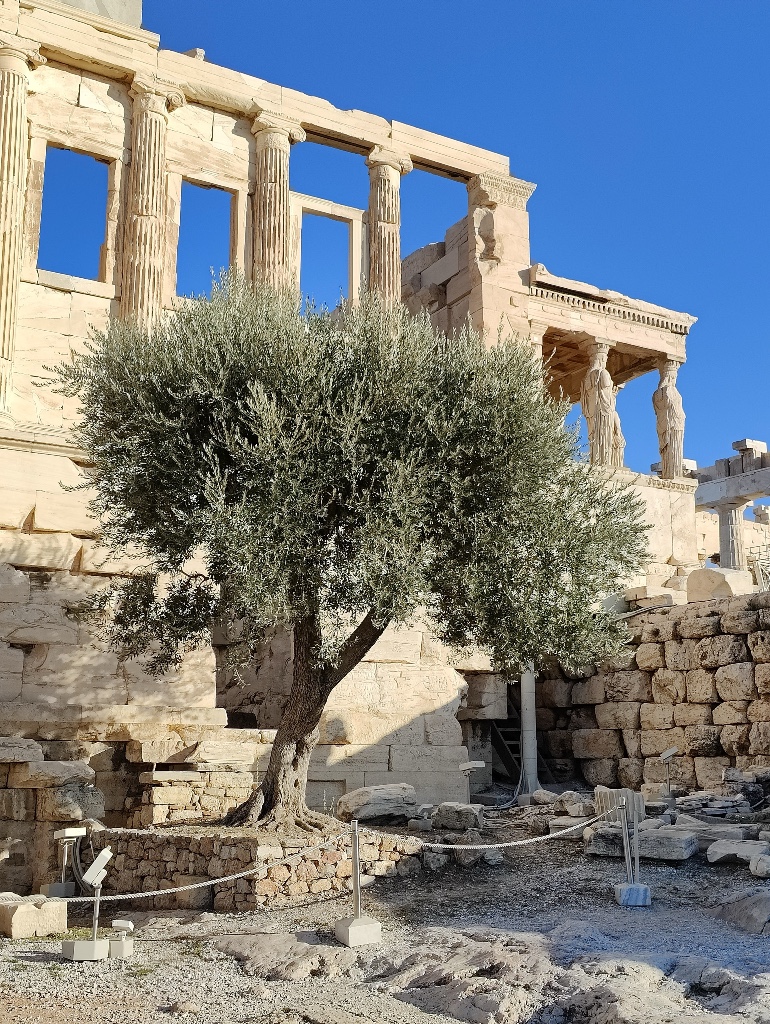
The Temple of Athena Nike (420 BC), is dedicated to both Athena, (the goddess of wisdom, warfare and handicraft) and Nike (the goddess of victory). The temple is the first fully Ionic temple on the Acropolis. It was thought to have been closed during the persecution of pagans by the 4th century in the late Roman Empire. When Athens fell to the Ottomans in 1456, the temple remained untouched until they used the stones to build defenses. It was later rebuilt in 1834 after the independence of Greece. In 1998 the temple had to be dismantled to replace the crumbling concrete floor and its frieze removed to the Acropolis Museum.
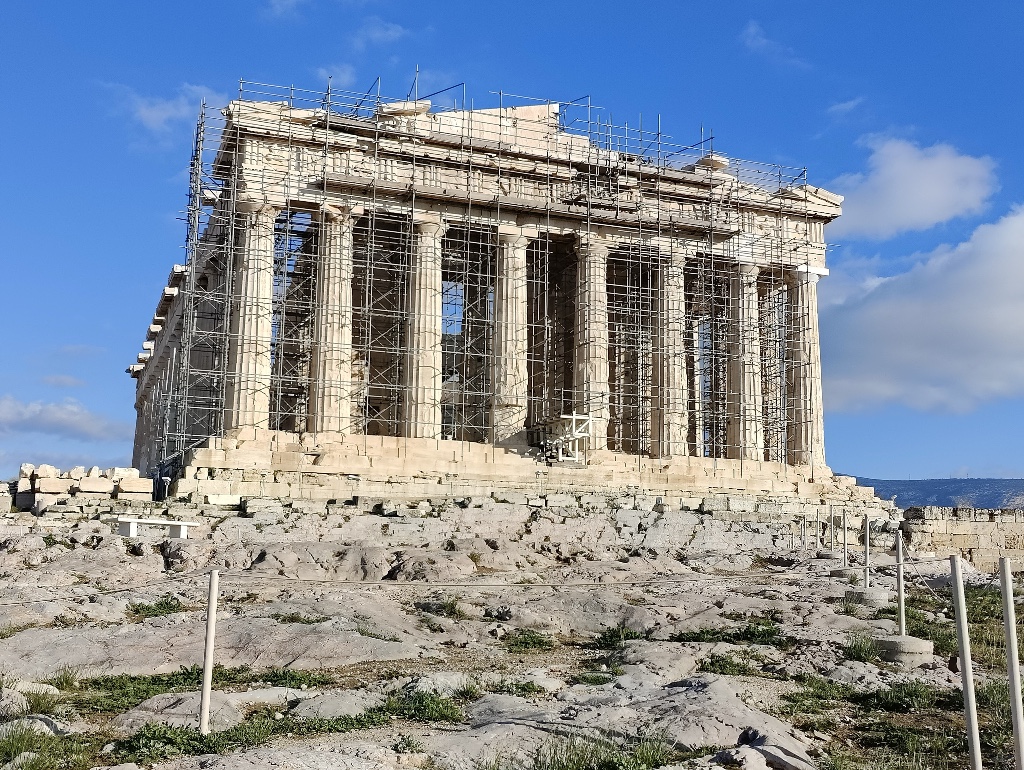
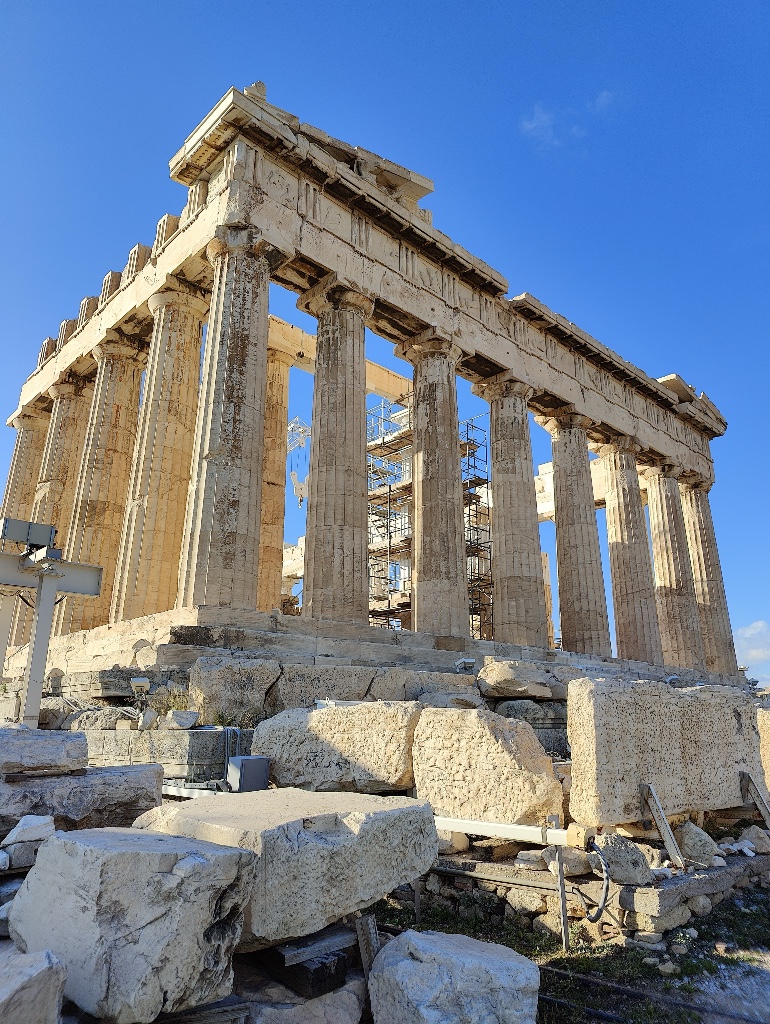
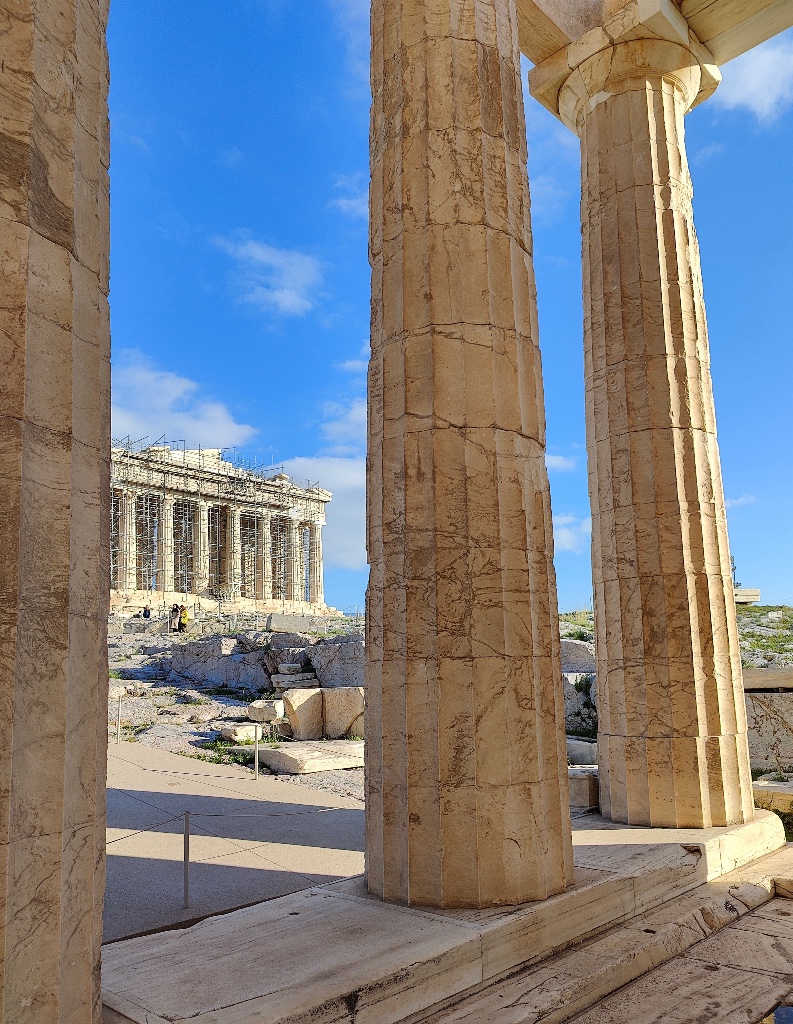
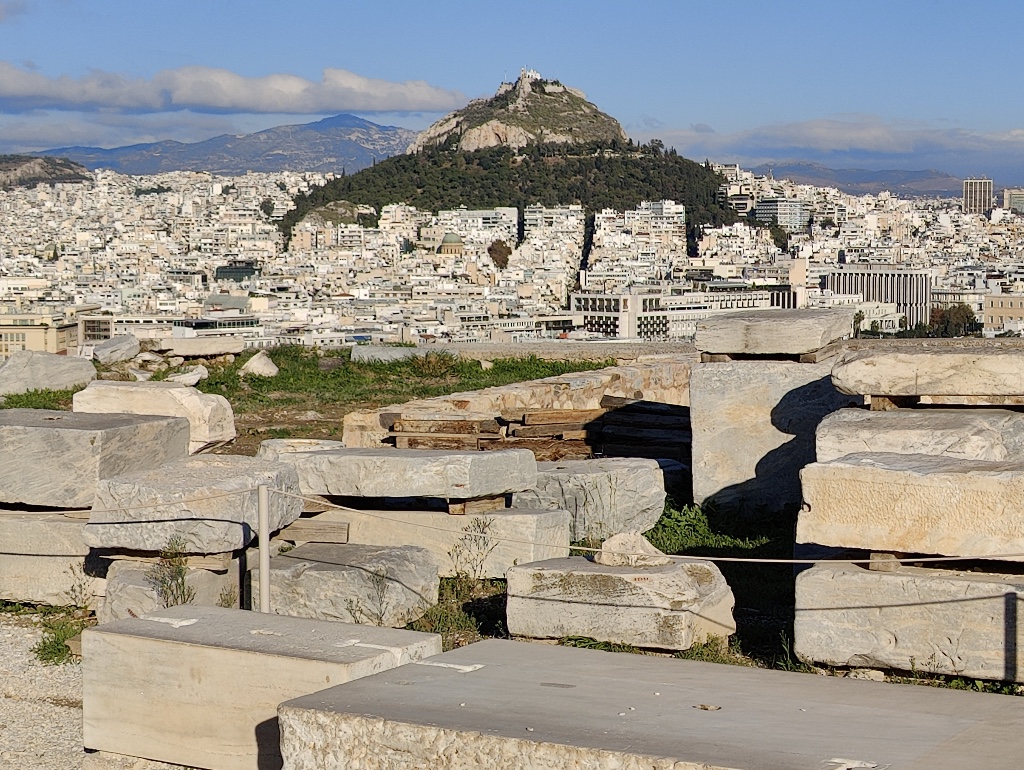
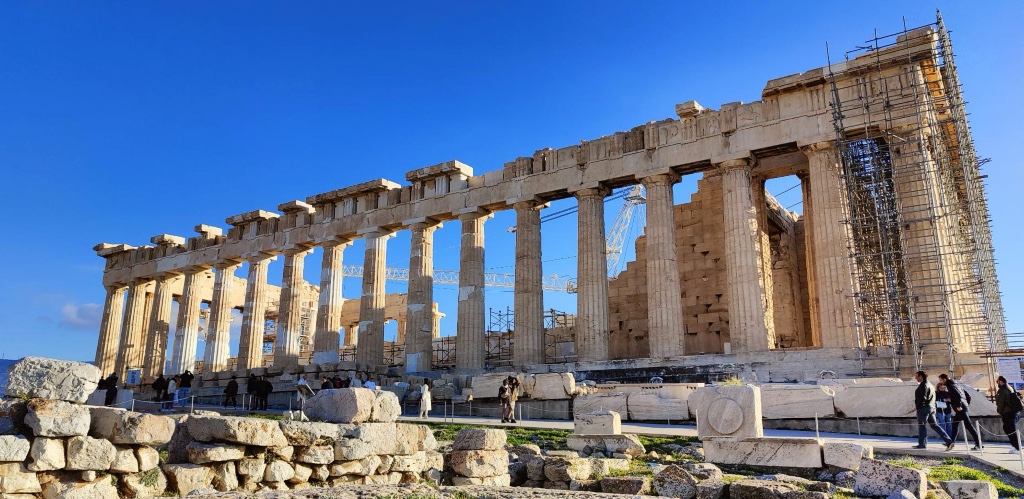
Even though the Parthenon was covered in scaffolding, it was truly a sight to see. Pictures do not accurately depict the absolute awesomeness of this monument. The Parthenon was built to celebrate the Hellenic victory over the Persian Empire during the Greco-Persian wars (447 BC). It also served as the city treasury. In 6th century AD, it was converted into a Christian church celebrating the Virgin Mary. During the Ottoman invasion it then became a mosque, and later a munitions dump, which resulted in an explosion severely damaging the site during the Morean War in 1687. The Parthenon replaced an earlier temple of Athena that was demolished in the Persian invasion of 480 BC. The current temple is under large scale restoration projects to preserve the remaining artifacts and ensure its structural integrity. Most of the sculptures have been removed from the site, some can be seen in the Acropolis museum, however, the Elgin Marbles (half of the surviving sculptures from the Parthenon as well as the Erechthelion, Propylaia and the Temple of Athena Nike) still controversially reside at the British Museum in London. They were taken in the early 1800’s by order of Thomas Bruce, the 7th Earl of Elgin by permission of the Ottomans during their rule of Athens. Greece has repeatedly asked Great Britain to return the Elgin Marbles and even though UNESCO offered to mediate their return in 2021, the British government continues to decline.
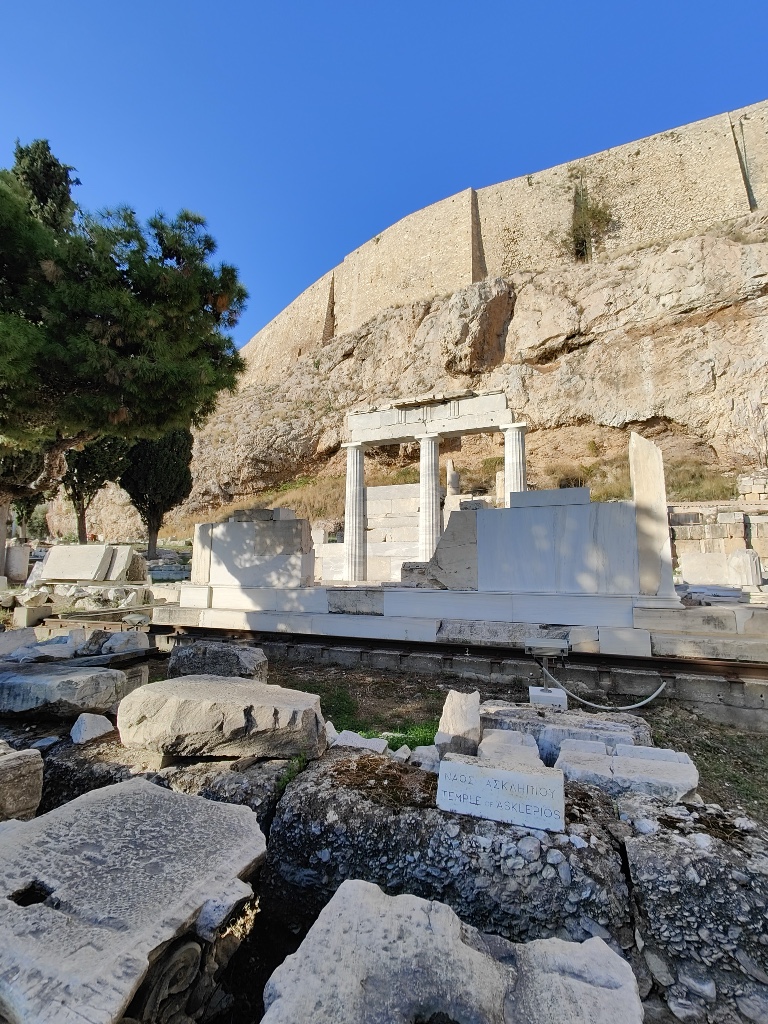
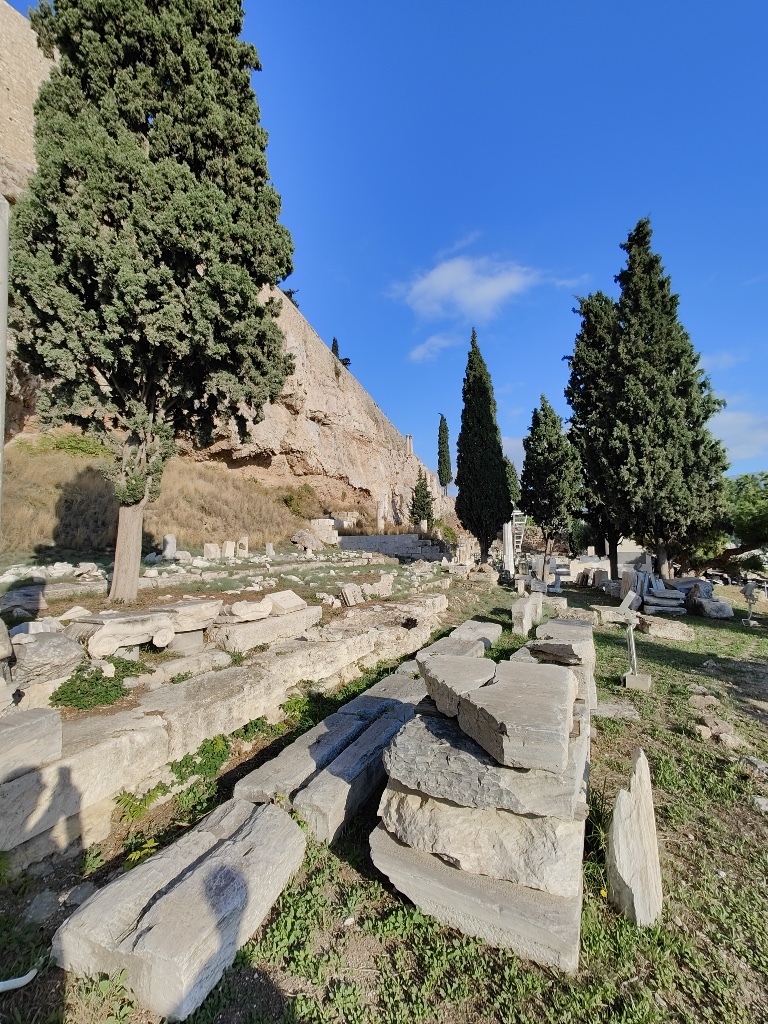
Areopagus Hill is one of the best places to see the Acropolis from, but at peak times (sunset) it can be overcrowded. Some speculate that the hill may have been used as a council of elders, homicide court and a judicial body. It is also the cite of the Areopagus sermon, delivered by Apostle Paul to Athenians. There is an engraved plaque containing the sermon in Greek on the hill itself.
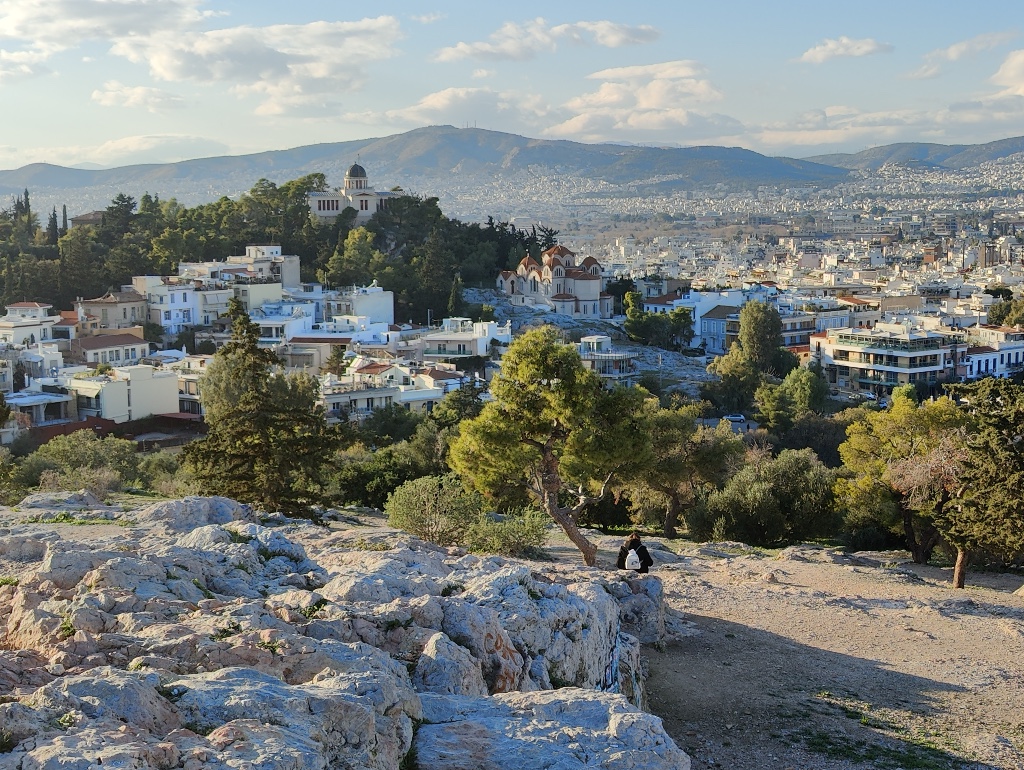
The alleged Prison of Socrates sits to the southwest of the Acropolis upon Philopappos Hill. The prison is a series of caves and cistern carved out of a huge rock and was the place the Socrates was supposedly imprisoned during his trial. Prison of Socrates is just one of the many sites to be enjoyed while strolling through Philopappos Hill, an enormous green area filled with trails, ruins and many expansive panoramic views of Athens.
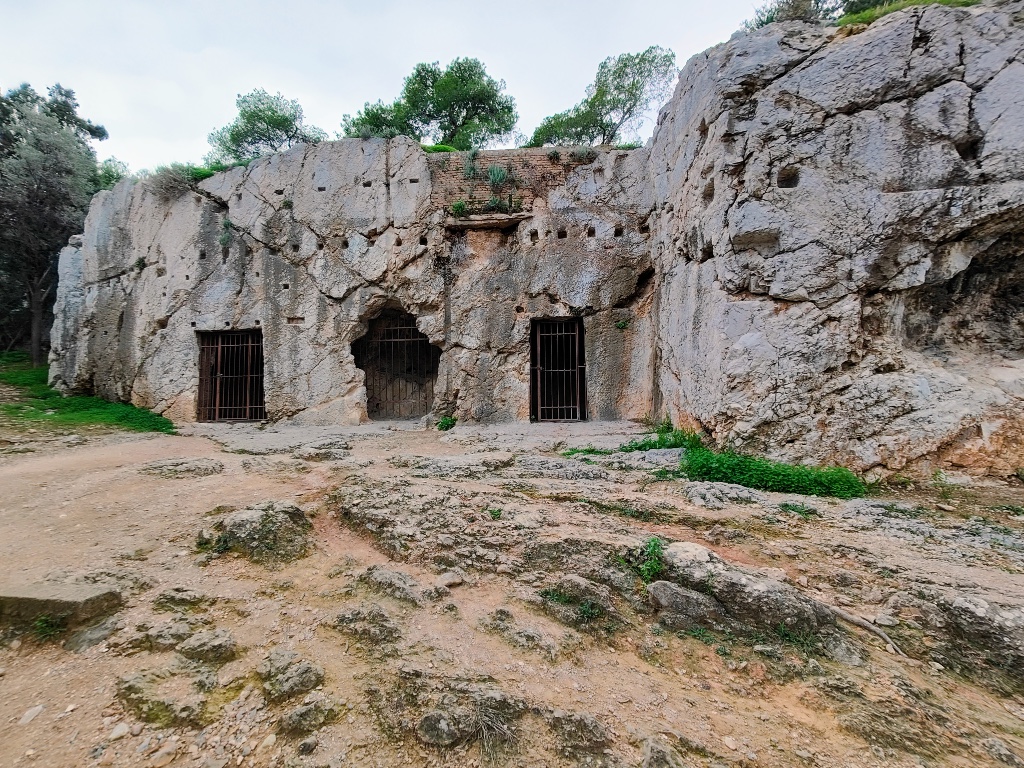
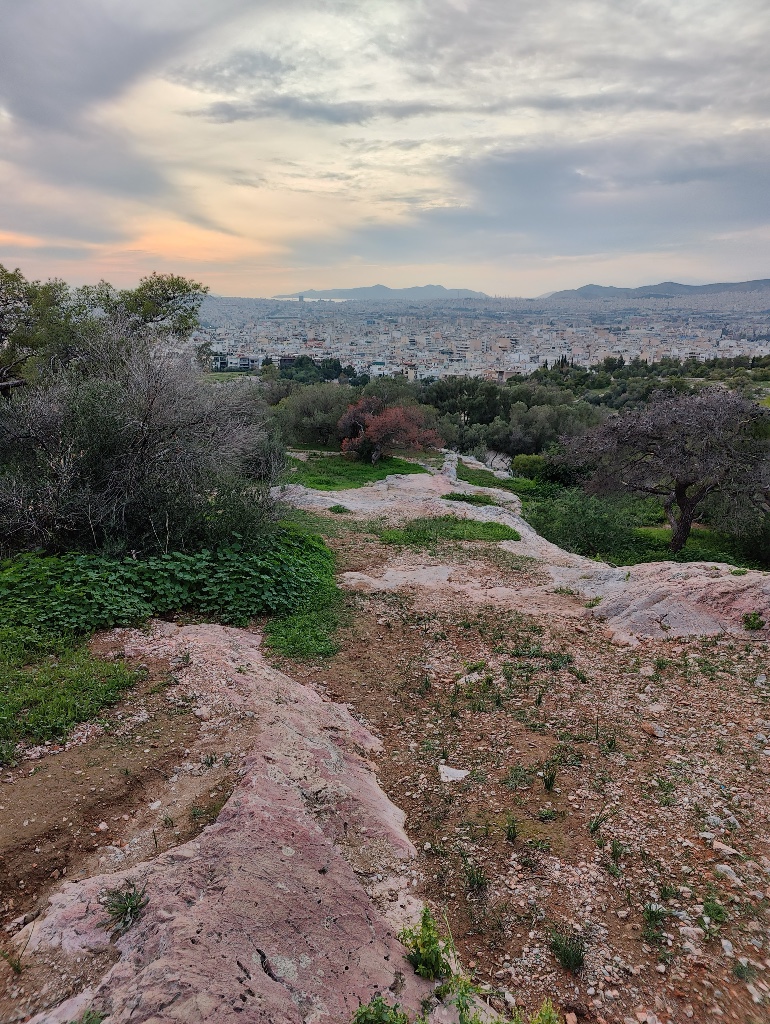
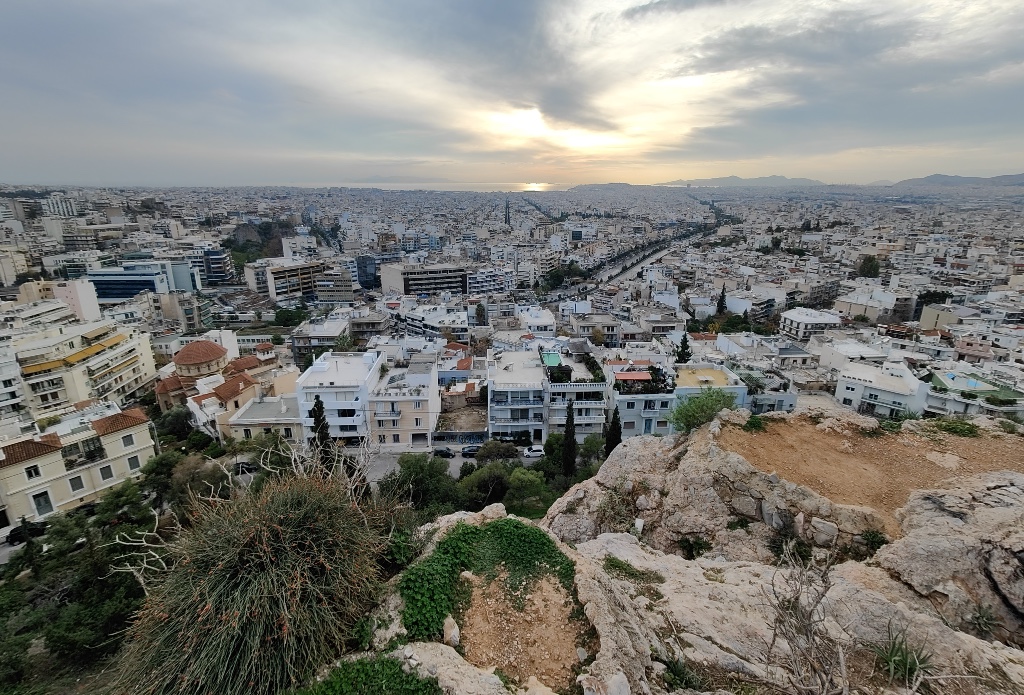
The northern areas of the city are a bit more modern. The Mall of Athens is a huge shopping complex, the first of its kind in Greece. Boasting 200 outlets over 4 levels and covering 58,500 square meters it is both awesome and overwhelming. I made a brief trip to pick up some Vans as my shoes were on their last leg. Not being a mall person, we quickly departed. The view of the city from outside the Mall is breathtaking.
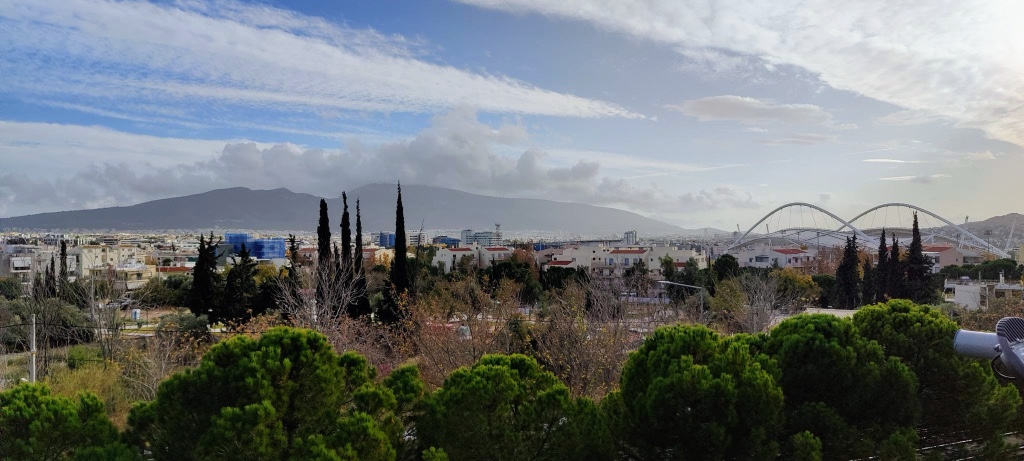
Mall of Athens is located near the Athens Olympic Stadium and Sports Complex, which is definitely worth walking through. It was the main stadium used for the 2004 Summer Olympic Games, and 2004 Summer Paralympics. Don’t be discouraged when trying to pack in all the sights in this town, it is simply not possible to see and experience everything this place has to offer. I am looking forward to returning sometime soon, a month is hardly enough time in this incredible city.
